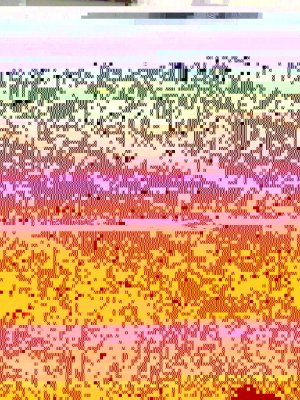Henrys Cat
New member
I''ve not had any problems with using polypropylene MIT Multicaps for C1, C2 & C3 in my refurbished Quad II's. None have metal cases and I've not noticed any of the effects Keith Snook refers to (I am using 6L6G output tubes).
R12's power rating must be upgraded as 3 watts is far too low and it actually has more than 3 watts of power flowing through it under normal conditions!
I replaced C4 & C6 with 15 microfarad and 22 microfarad Solen polypropylene capacitors respectively rated at 630V. Because they're quite large they are attached to the base-plate using tool clips. I've not tried replacing the GZ32 with silicon rectifiers partly due to the much higher H.T voltages that would result, especially at switch-on before the output tubes start to draw current. There's quite a big voltage drop across the GZ32 which is lost with efficient semiconductors so you're looking at a H.T supply of around 438V. As I've mentioned in an earlier post my H.T voltage has always been higher than the stated 340V (around 370V) so with silicon rectifiers it might be over 450V!
If you can't get a replacement GZ32 easily I've used modern GZ34's without any problems. Attached is a file from a website which I think is now defunct - Quad Pages - lots of useful information in the text though. The images are missing, they display on my PC as the files are stored there but won't save in the archive for some reason.
R12's power rating must be upgraded as 3 watts is far too low and it actually has more than 3 watts of power flowing through it under normal conditions!
I replaced C4 & C6 with 15 microfarad and 22 microfarad Solen polypropylene capacitors respectively rated at 630V. Because they're quite large they are attached to the base-plate using tool clips. I've not tried replacing the GZ32 with silicon rectifiers partly due to the much higher H.T voltages that would result, especially at switch-on before the output tubes start to draw current. There's quite a big voltage drop across the GZ32 which is lost with efficient semiconductors so you're looking at a H.T supply of around 438V. As I've mentioned in an earlier post my H.T voltage has always been higher than the stated 340V (around 370V) so with silicon rectifiers it might be over 450V!
If you can't get a replacement GZ32 easily I've used modern GZ34's without any problems. Attached is a file from a website which I think is now defunct - Quad Pages - lots of useful information in the text though. The images are missing, they display on my PC as the files are stored there but won't save in the archive for some reason.

